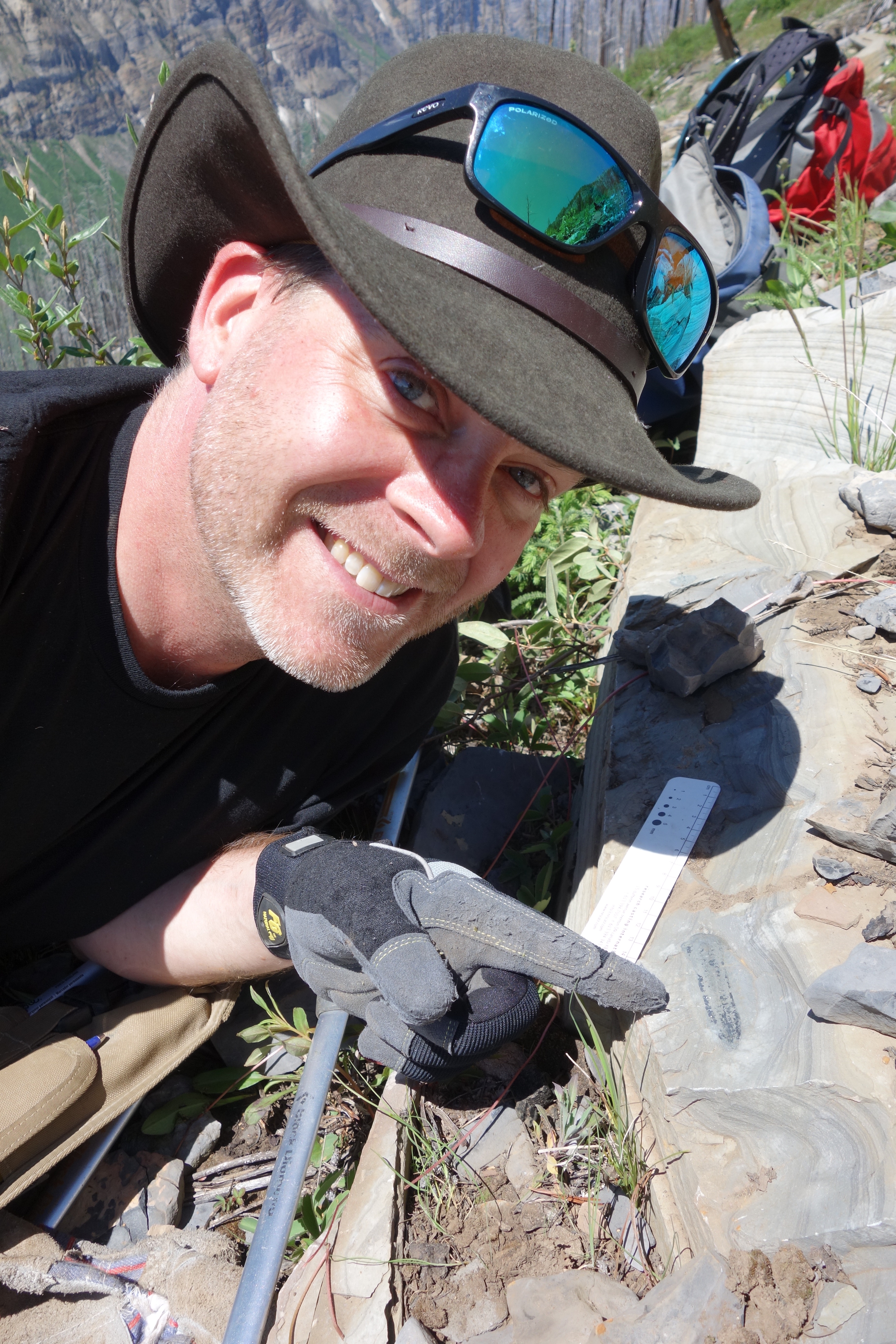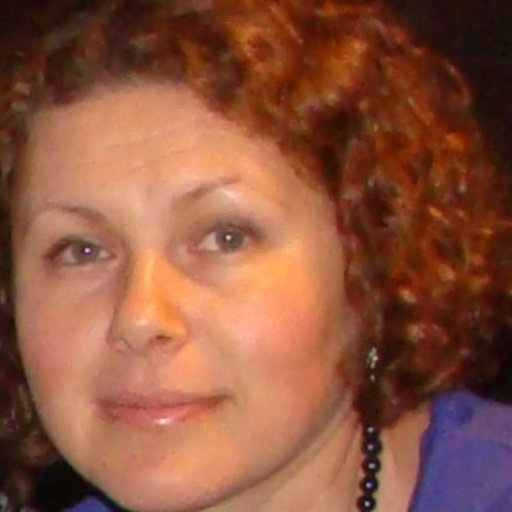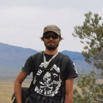Keynote speakers
We are happy to announce our extraordinarily exciting list of keynote speakers for the GOBEnhagen conference. We thank the Carlsberg Foundation for economic support to make this line up possible.
Prof. Robert R. Gaines Pomona College, USA
 Bob is a leading authority on early Palaeozoic stratigraphy, focusing on taphonomical and geochemical aspects of exceptionally preserved faunas, such as the early Cambrian Qinqjiang Biota and the world-famous middle Cambrian Burgess Shale. He has done extensive fieldwork at many localities around the world covering a range of topics within the Earth Sciences with an underlying interest to understand the interactions between the biosphere and the geosphere.
Bob is a leading authority on early Palaeozoic stratigraphy, focusing on taphonomical and geochemical aspects of exceptionally preserved faunas, such as the early Cambrian Qinqjiang Biota and the world-famous middle Cambrian Burgess Shale. He has done extensive fieldwork at many localities around the world covering a range of topics within the Earth Sciences with an underlying interest to understand the interactions between the biosphere and the geosphere.
Read more about Bob’s work here.
Prof. Junxuan Fan School of Earth Sciences and Engineering, Nanjing University, China
 Junxuan has a solid background in Ordovician–Silurian graptolites and has further worked extensively on shale successions. He has a broad research interest also including large scale evolutionary patterns. He is an expert in numerical palaeontology and is the founder of the Geobiodiversity Database that stores fossil- and stratigraphical data from across the globe. This facility is as widely used as the Paleobiology Database, and was recently the source behind an exceptional high-resolution species richness curve based on Chinese occurrences.
Junxuan has a solid background in Ordovician–Silurian graptolites and has further worked extensively on shale successions. He has a broad research interest also including large scale evolutionary patterns. He is an expert in numerical palaeontology and is the founder of the Geobiodiversity Database that stores fossil- and stratigraphical data from across the globe. This facility is as widely used as the Paleobiology Database, and was recently the source behind an exceptional high-resolution species richness curve based on Chinese occurrences.
Read more about Junxuan’s work here.
Prof. Shanan E. Peters University of Wisconsin–Madison, USA
 Shanan’s research focusses on quantifying the geological record as a mean to understand the processes that control evolution. This includes extensive work with biogeochemical proxies to understand climate cycles and rates of rock formation. He has further been a major driving force behind the digitalization of global fossil and stratigraphical occurrences through the Paleobiology Database and Macrostrat initiatives.
Shanan’s research focusses on quantifying the geological record as a mean to understand the processes that control evolution. This includes extensive work with biogeochemical proxies to understand climate cycles and rates of rock formation. He has further been a major driving force behind the digitalization of global fossil and stratigraphical occurrences through the Paleobiology Database and Macrostrat initiatives.
Read more about Shanan’s research here.
Dr. Olga Obut Siberian Branch of Russian Academy of Sciences, Russia
 Olga is a specialist in a number of micropalaeontological clades, such radiolarians, conodonts, as well as chitinozoans. She further has extensive knowledge on early Palaeozoic Siberian stratigraphy and faunal evolution, particularly working to resolve biostratigraphical and diversity questions. Olga further has conducted detailed revisions of the heavily folded Altai–Sayan area – all regions of key importance for understanding the global evolution of faunas during the GOBE.
Olga is a specialist in a number of micropalaeontological clades, such radiolarians, conodonts, as well as chitinozoans. She further has extensive knowledge on early Palaeozoic Siberian stratigraphy and faunal evolution, particularly working to resolve biostratigraphical and diversity questions. Olga further has conducted detailed revisions of the heavily folded Altai–Sayan area – all regions of key importance for understanding the global evolution of faunas during the GOBE.
Read more about Olga's research here.
Dr. Amelia Penny Natural History of Finland, University of Helsinki, Finland
 Amelia’s research interests focusses on the processes that generate and sustain marine biodiversity on a variety of spatial and temporal scales. So far, she has concentrated on the development of diversity and ecological complexity in marine environments during the Ediacaran–Ordovician, using sedimentological, geochemical and palaeontological data to understand the interactions between environmental and biotic change.
Amelia’s research interests focusses on the processes that generate and sustain marine biodiversity on a variety of spatial and temporal scales. So far, she has concentrated on the development of diversity and ecological complexity in marine environments during the Ediacaran–Ordovician, using sedimentological, geochemical and palaeontological data to understand the interactions between environmental and biotic change.
Read more about Amelia’s research here and here
Dr. Anders Lindskog Department of Geology, Lund University, Sweden
 Anders’ research specialises on carbonate sedimentology of Early–Middle Ordovician rocks in Baltica. His research has revitalized the classic Scandinavian successions by primarily focusing on basic fieldwork-based sedimentology with strong palaeontological and geochemical components, but Anders has also as the founder of the Paleoarchive worked extensively on providing access to historical geology-related literature. His many research highlights include fascinating insights into, for instance, the palaeoecological development of the Baltic Basin, as well as the recalibration of the Middle Ordovician time scale.
Anders’ research specialises on carbonate sedimentology of Early–Middle Ordovician rocks in Baltica. His research has revitalized the classic Scandinavian successions by primarily focusing on basic fieldwork-based sedimentology with strong palaeontological and geochemical components, but Anders has also as the founder of the Paleoarchive worked extensively on providing access to historical geology-related literature. His many research highlights include fascinating insights into, for instance, the palaeoecological development of the Baltic Basin, as well as the recalibration of the Middle Ordovician time scale.
Read more about Anders’ research here.
Dr. Yan Liang Nanjing Institute of Geology and Palaeontology, Chinese Academy of Sciences, China
 Yan’s research focuses broadly on the biostratigraphy, palaeoecology and palaeogeography of Ordovician–Silurian brachiopods and chitinozoans. Even though her primary focus is on Chinese faunas, her work also includes chitinozoan richness data throughout most of the Ordovician from both the Baltic area, as well as South China. Her most recent work presents fascinating insights into the biological affinity of the enigmatic chitinozoans.
Yan’s research focuses broadly on the biostratigraphy, palaeoecology and palaeogeography of Ordovician–Silurian brachiopods and chitinozoans. Even though her primary focus is on Chinese faunas, her work also includes chitinozoan richness data throughout most of the Ordovician from both the Baltic area, as well as South China. Her most recent work presents fascinating insights into the biological affinity of the enigmatic chitinozoans.
